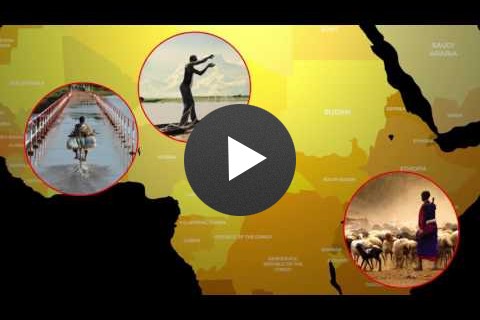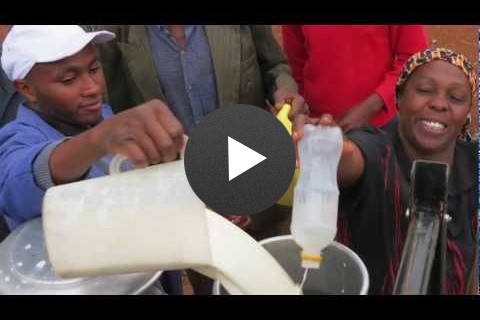You are viewing:
Archived Content
Information released online before January, 2021.
You are viewing:
Information released online before January, 2021.
Note: Content in this archive site is NOT UPDATED, and external links may not function. External links to other Internet sites should not be construed as an endorsement of the views contained therein.
You are entering the 2017-2020 Archive for the
United States Agency for International Development web site.
If you are looking for current information, visit www.usaid.gov.
Building resilience to recurrent crisis emerged as a USAID priority. In the wake of large-scale humanitarian emergencies in the Horn of Africa and the Sahel in late 2011 and early 2012. Recurrent crises, such as widespread food insecurity in the Horn of Africa in 2017 or in the Sahel in 2012 - both prompted by drought - cause loss of life, livelihoods, dignity, and aspiration; negatively affect national and regional economies; and are extremely costly in terms of recurrent humanitarian spending.
USAID is committed to helping build the resilience of vulnerable communities in areas subject to recurrent crisis, increasing their ability to manage through crises without compromising their future well-being.
USAID's investments in building resilience help share and shift the responsibility for managing risk, investing in resilience, and responding to shocks when they do occur from donors to governments, communities, and the private sector. The overriding aim is to reduce costs of recurrent crises, including the unsustainable costs of responding to large-scale humanitarian emergencies in the same places every few years.
For more information about resilience, please visit our Resilience Resources page.


Comment
Make a general inquiry or suggest an improvement.